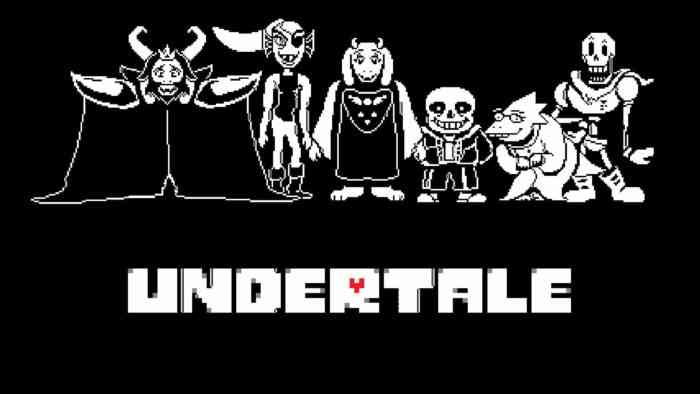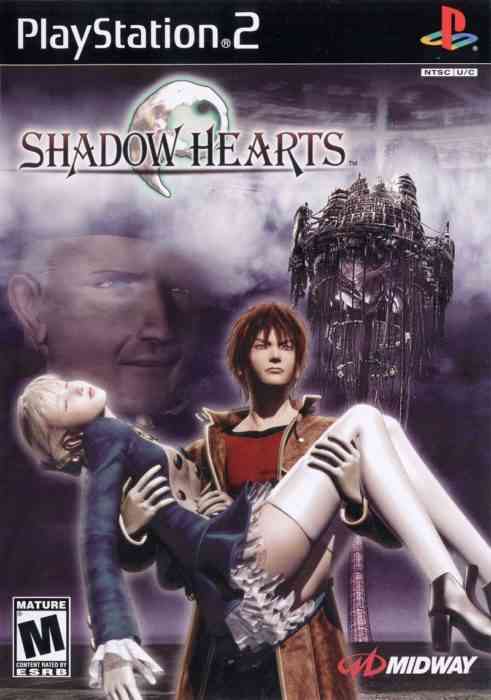COG Considers: Sometimes Bad Things Make the Most Compelling Narratives
Today on COG Considers, let’s talk about endings. Specifically, the bad ones: the ones where good doesn’t triumph over evil, the heroes die or become worse than the villains, and everything is awful… except the writing. Because sometimes, the worst endings make the best stories–and even when they don’t, a good bad ending can create real weight, stakes, and road marks in a branching narrative. It may be an unexpected stance to take in our current climate, but I feel very strongly about the way a game’s bad endings can build tension, expand the setting, challenge player pre-conceptions, or just tell strong narratives in their own right. Who gets to decide what makes an ending bad, anyway?

The answer is usually the player, though many games do make a serious attempt to clearly mark out the morality of certain outcomes. Sometimes, this comes in a Mass Effect-style morality system, but other times it’s just labelled in the game itself: the classic visual novel trinity of bad ending, neutral ending, good ending. This set-up is most common in visual novels and JRPGs, but it can also be found in Undertale‘s Genocide, Neutral, and Pacifist routes. Even though most of the fanart is for the Pacifist ending, I think we can agree that the Genocide ending is one of the most compelling things Undertale has to offer. The Disgaea games are well-known in some circles for having shockingly dark bad endings that still manage to build on the themes of each title, especially Disgaea 2, in which we get to see exactly what happens when the power of love fails. Odin Sphere does something similar–if you pick the wrong heroes to fight each villain in the finale, they all meet nightmarish fates. This adds to the sense of triumph when things finally go right. Seeing how horrifically things could have turned out makes the happy endings sweeter.
Of course, sometimes the choice is between one bad and another bad. Spec Ops: The Line is an excellent example of this–the game does have multiple endings, but they’re all pretty awful, and it’s up to the player to determine which is better–and if a villain protagonist even deserves that better ending. Trying to answer that question can lead to very tense internal debates, but you know what’s even more interesting to think about? Those rare games which cement the bad ending as canon and then try to continue on regardless. Both the original Shadow Hearts and the sadly Japanese-exclusive La Pucelle: Ragnarok end on sour notes. It’s up to Shadow Hearts: Covenant and La Pucelle: Ragnarok‘s Overlord Mode campaign to try and pick up the pieces as the characters struggle to continue on in the wake of despair.

Do I just like bad endings? Probably. However, it’s worth noting that bad endings exist for a reason: sometimes, bad things happen, and we all have to keep going anyway. The world keeps turning. Life doesn’t just end just because you feel like yours has. Seeing that grim determination to keep going reflected in gaming, especially if you genuinely messed up along the way, can be incredibly powerful.
And if you’re just collecting bad endings for completionism’s sake, well, at least you have something entertaining to look forward to.